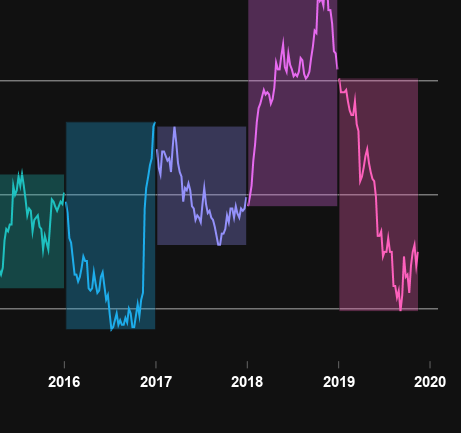Strengthen your programming skills with tips and techniques from the experts

2020 is here and systems that use 2-digit years in date values are getting confused. Do we mean 1920 or 2020? In SAS, the YEARCUTOFF= option lets you decide.






































